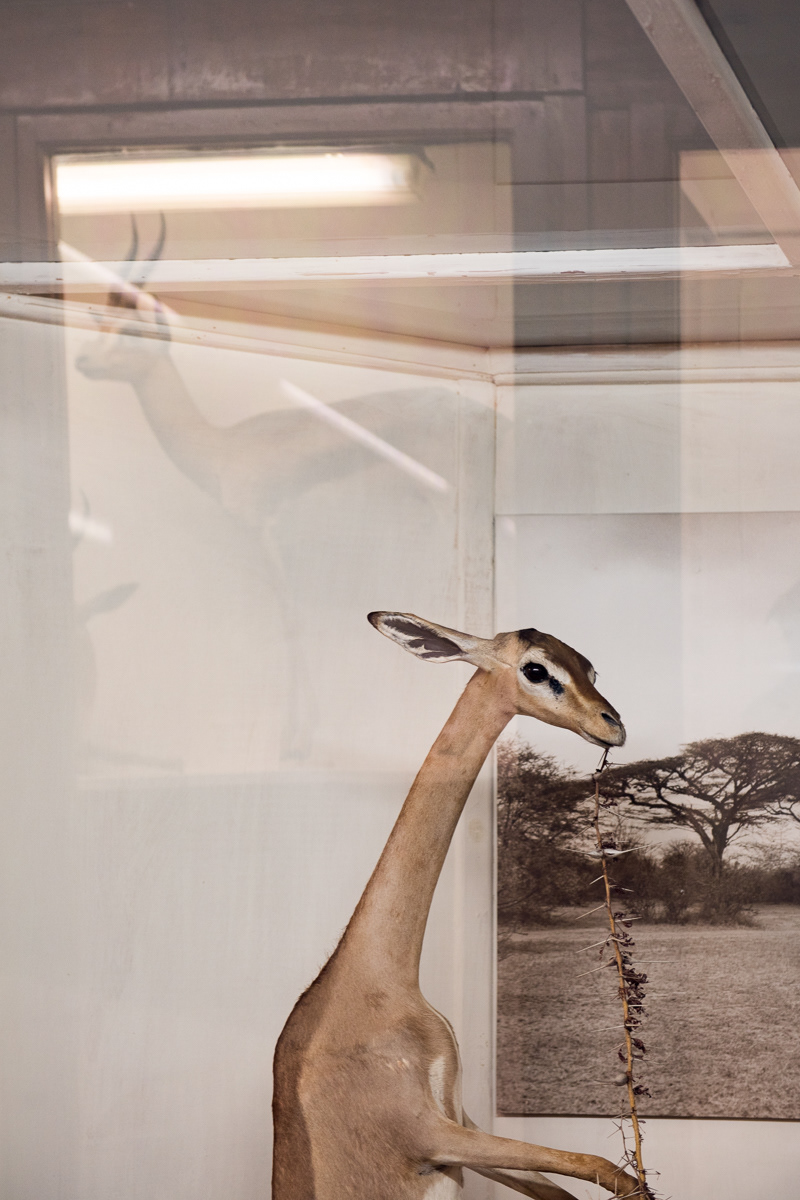
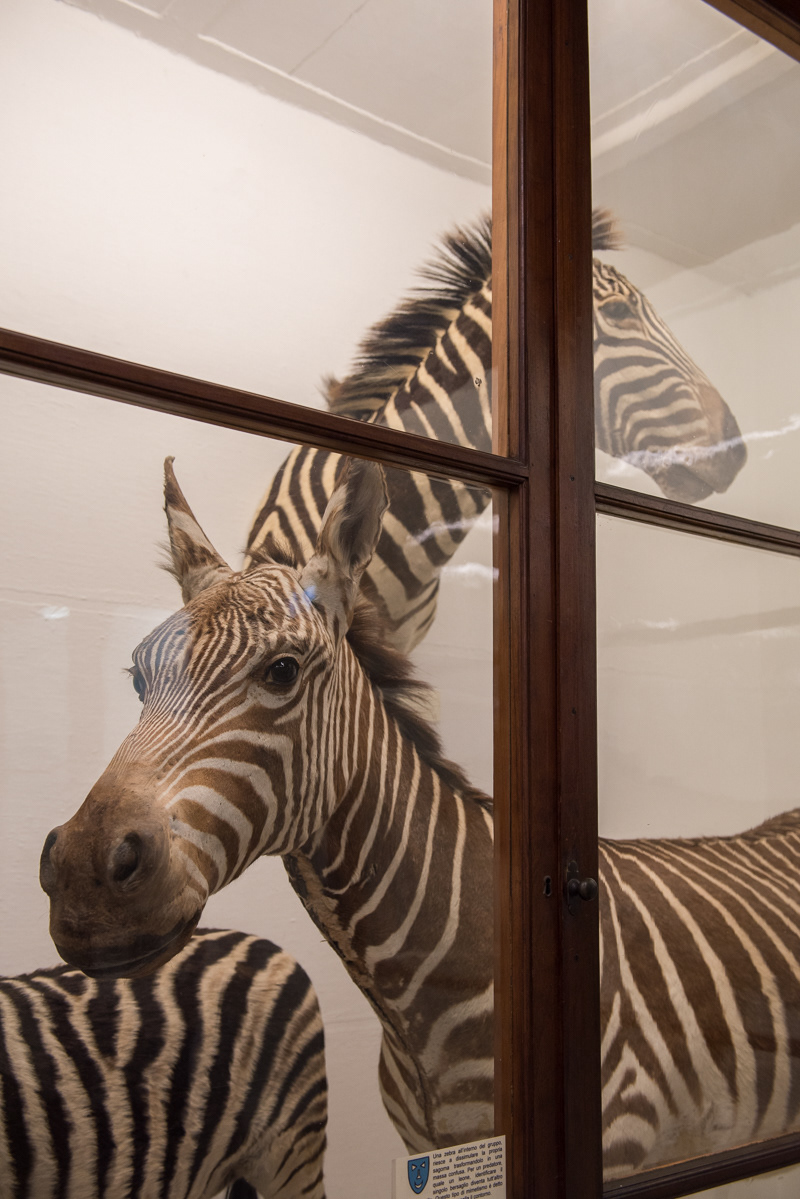
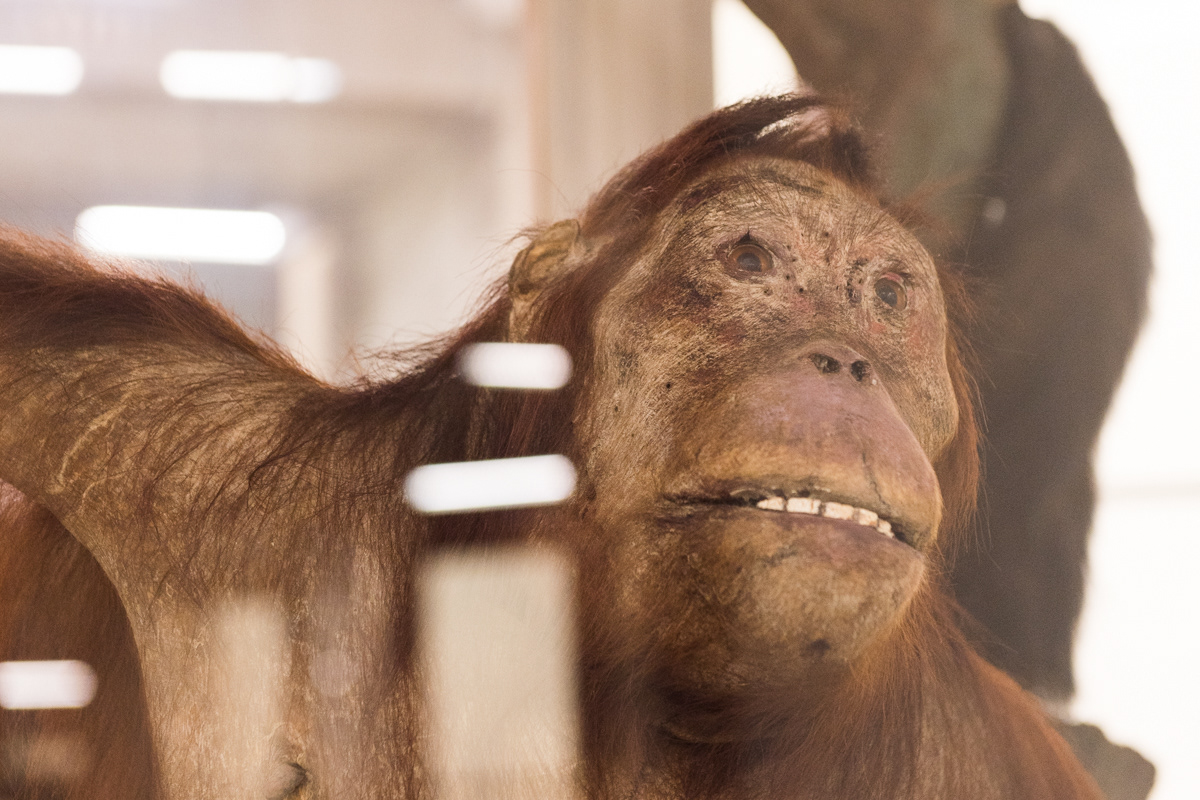
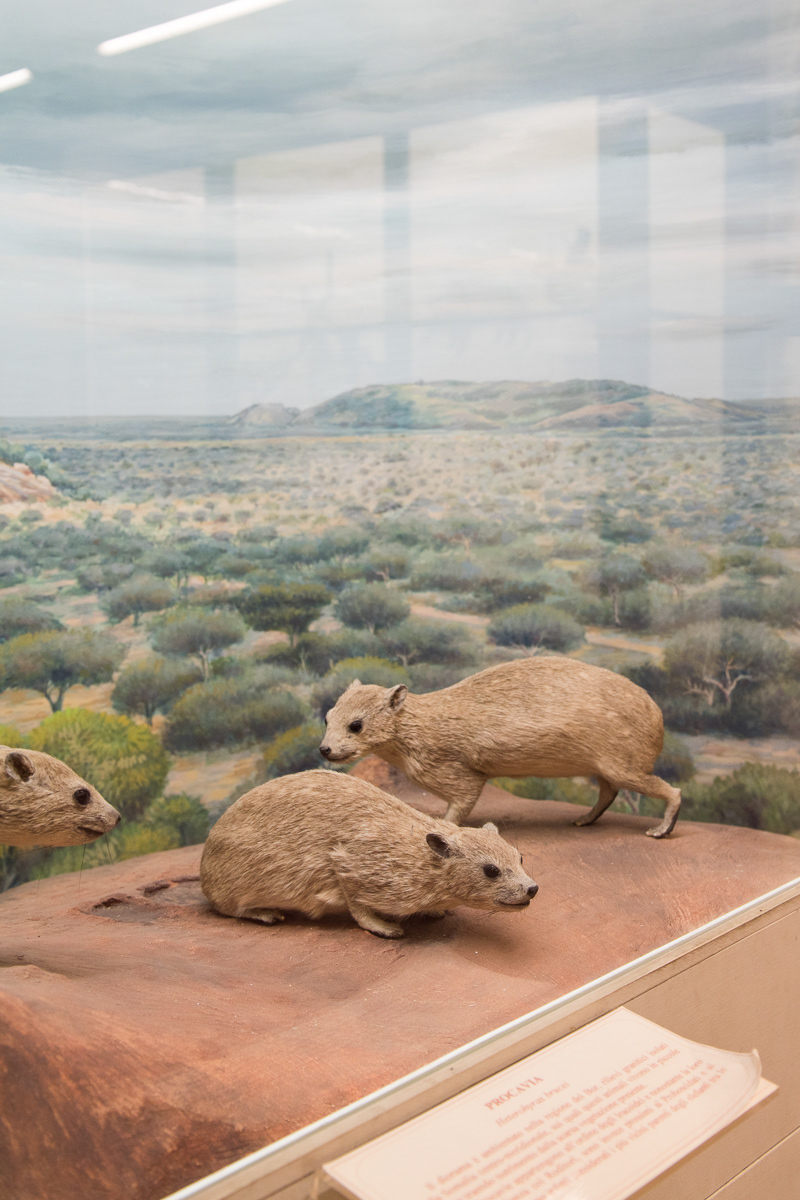
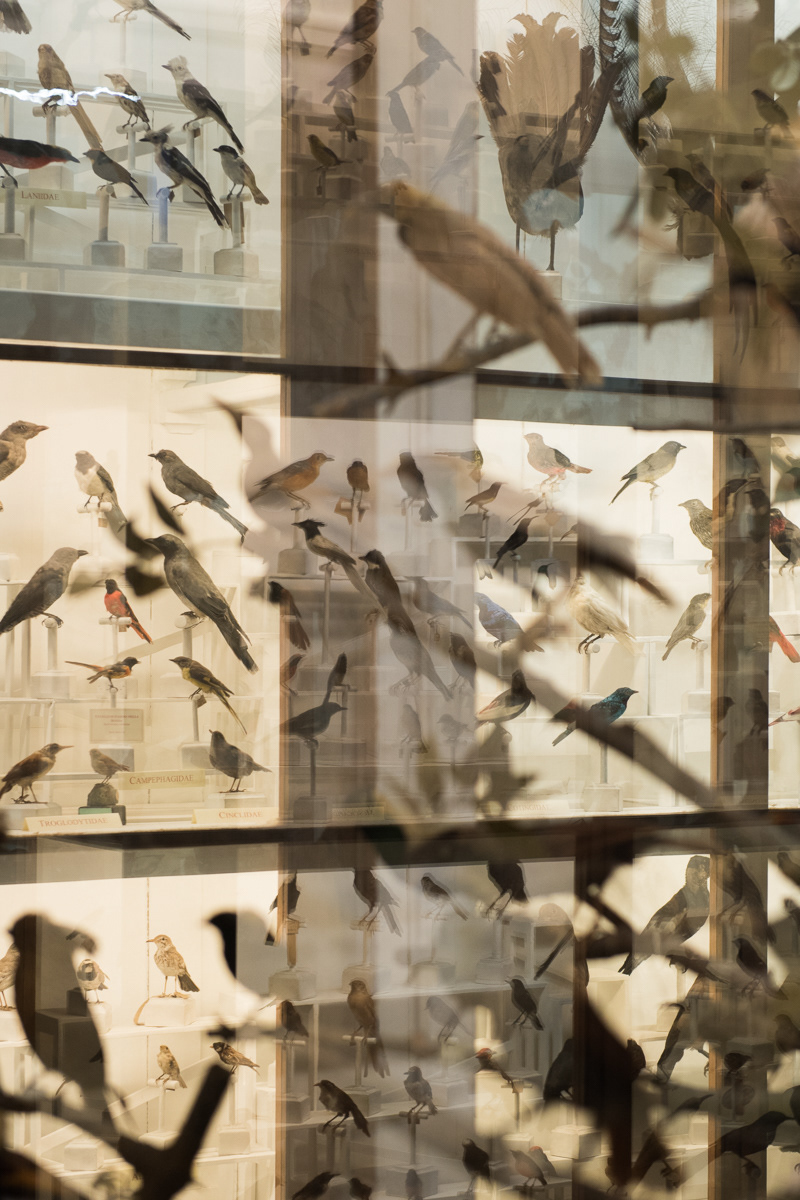
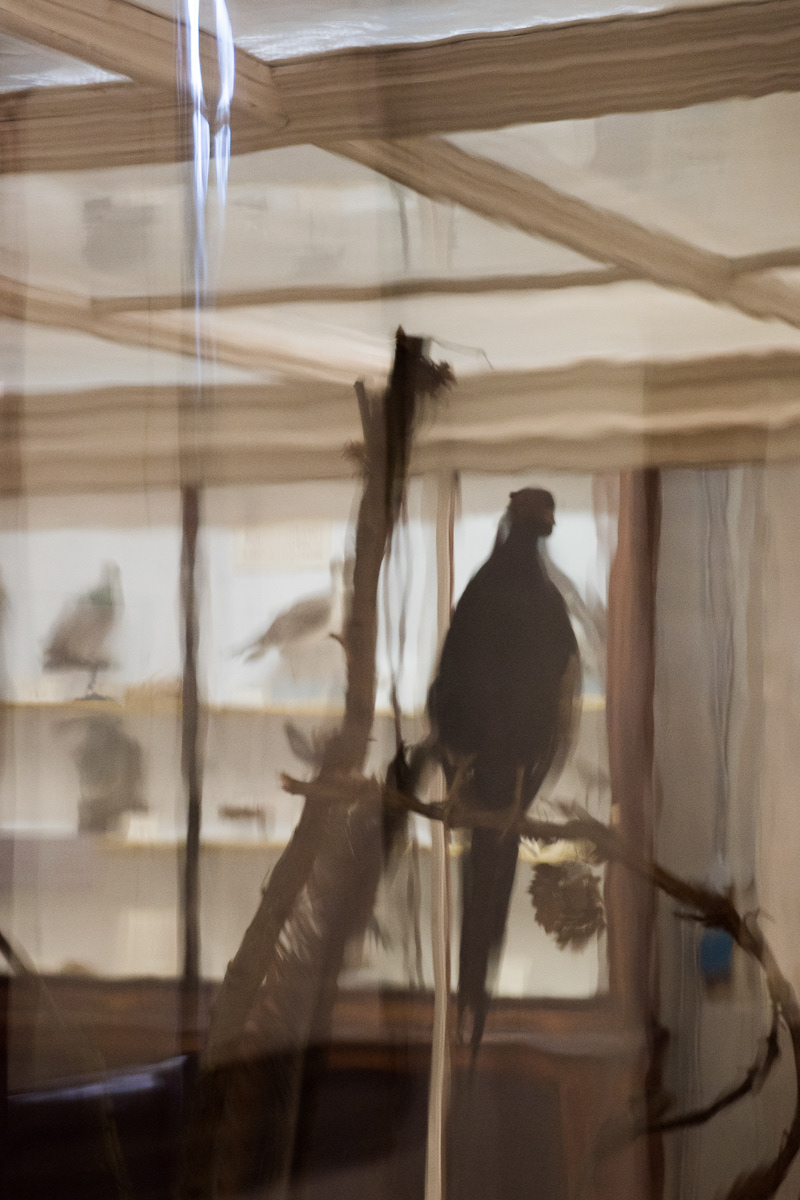
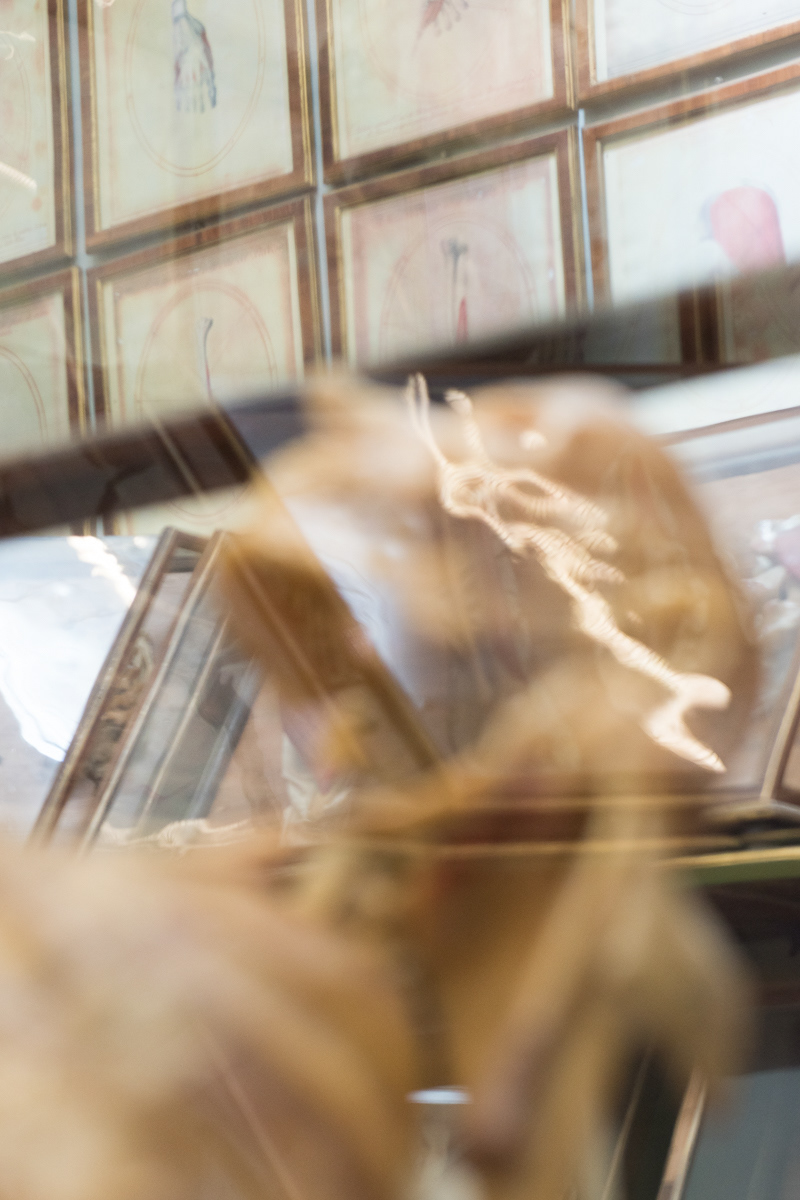
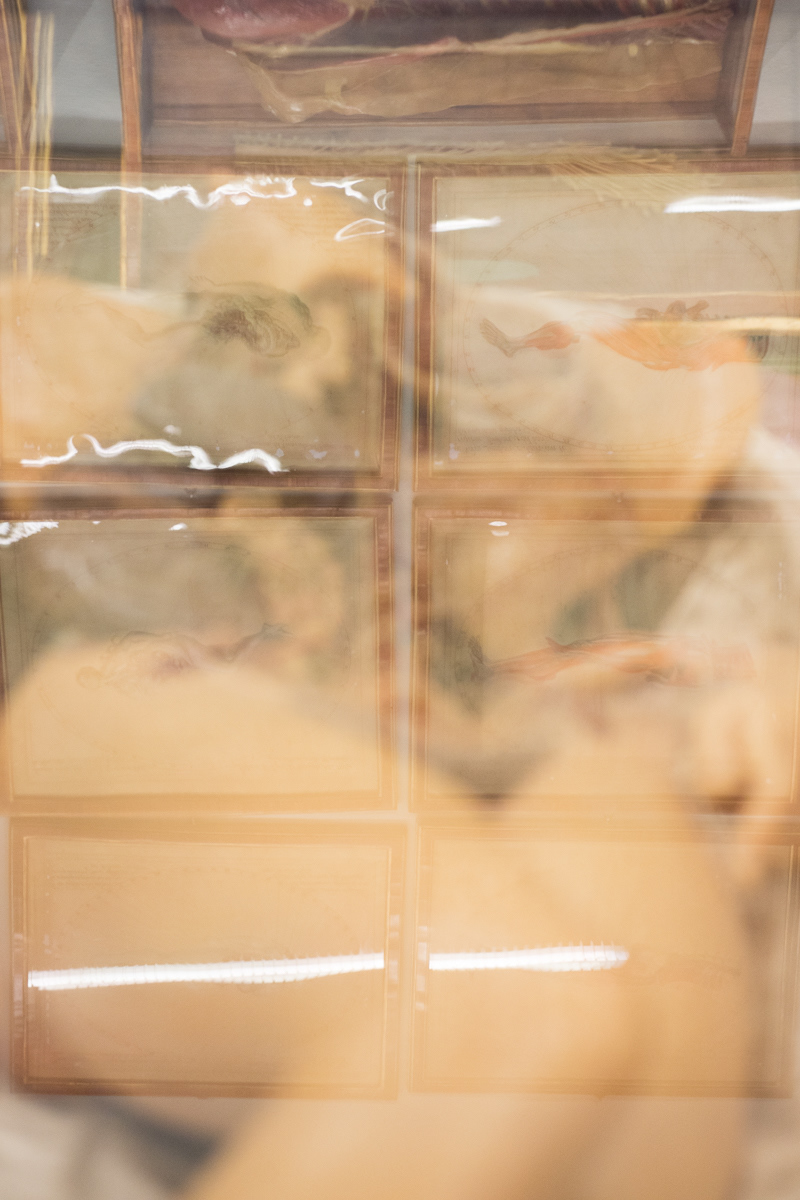
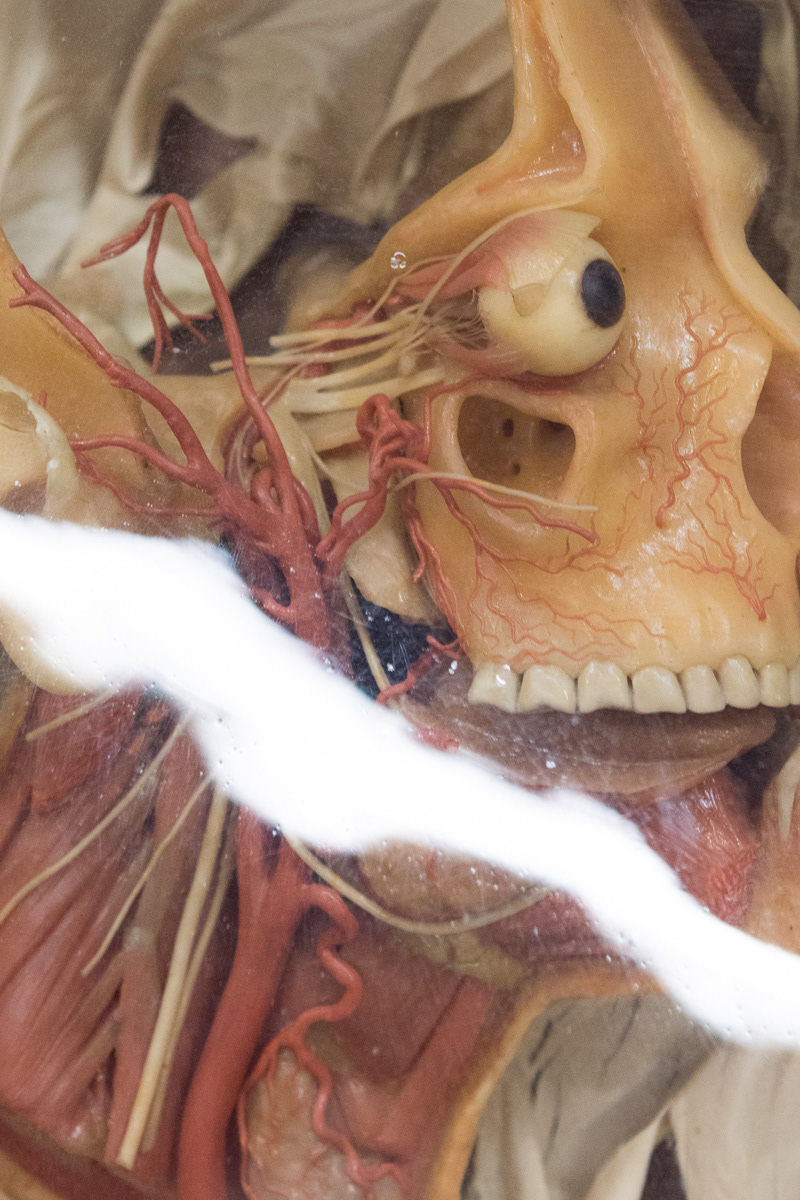
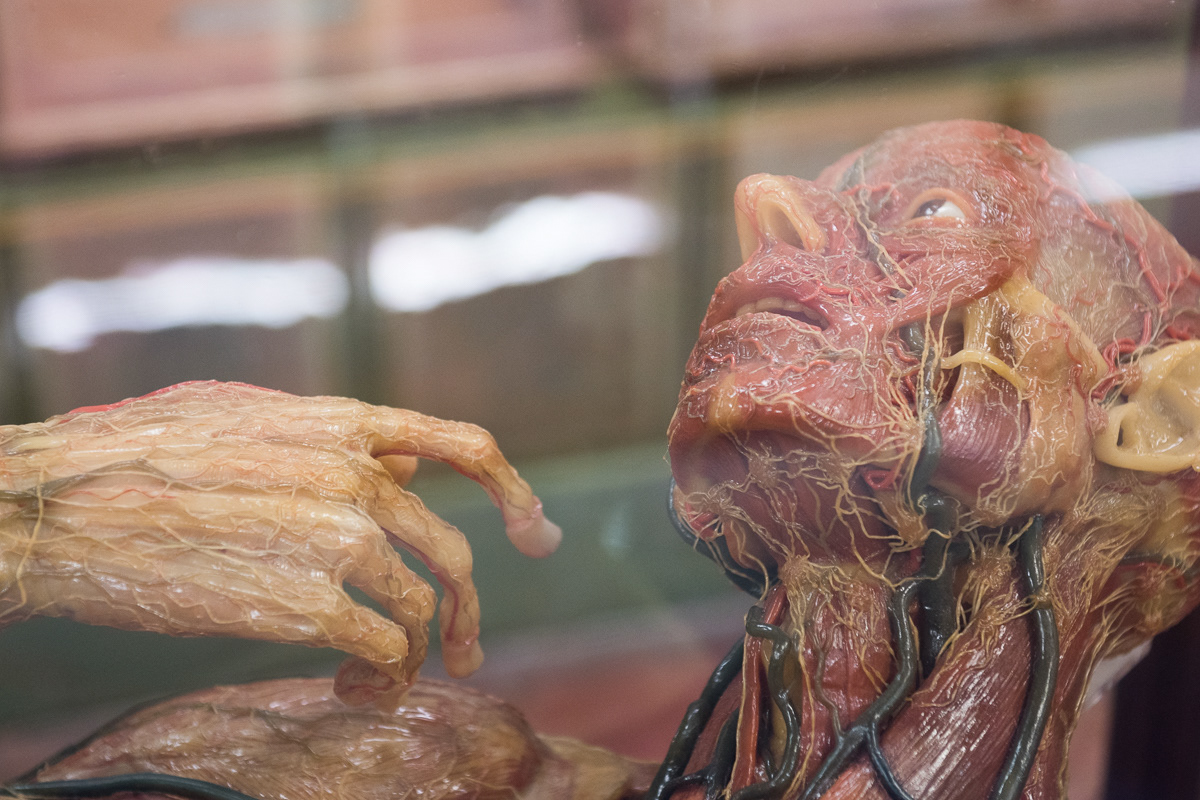
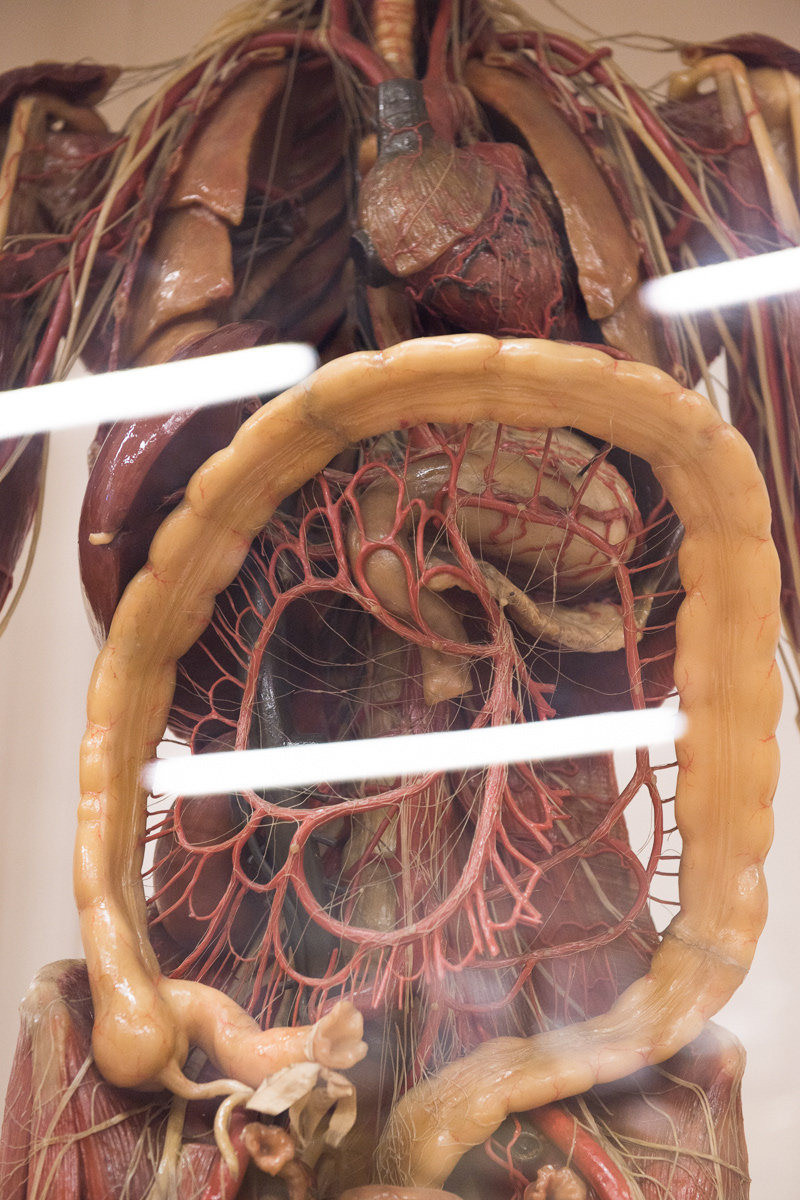
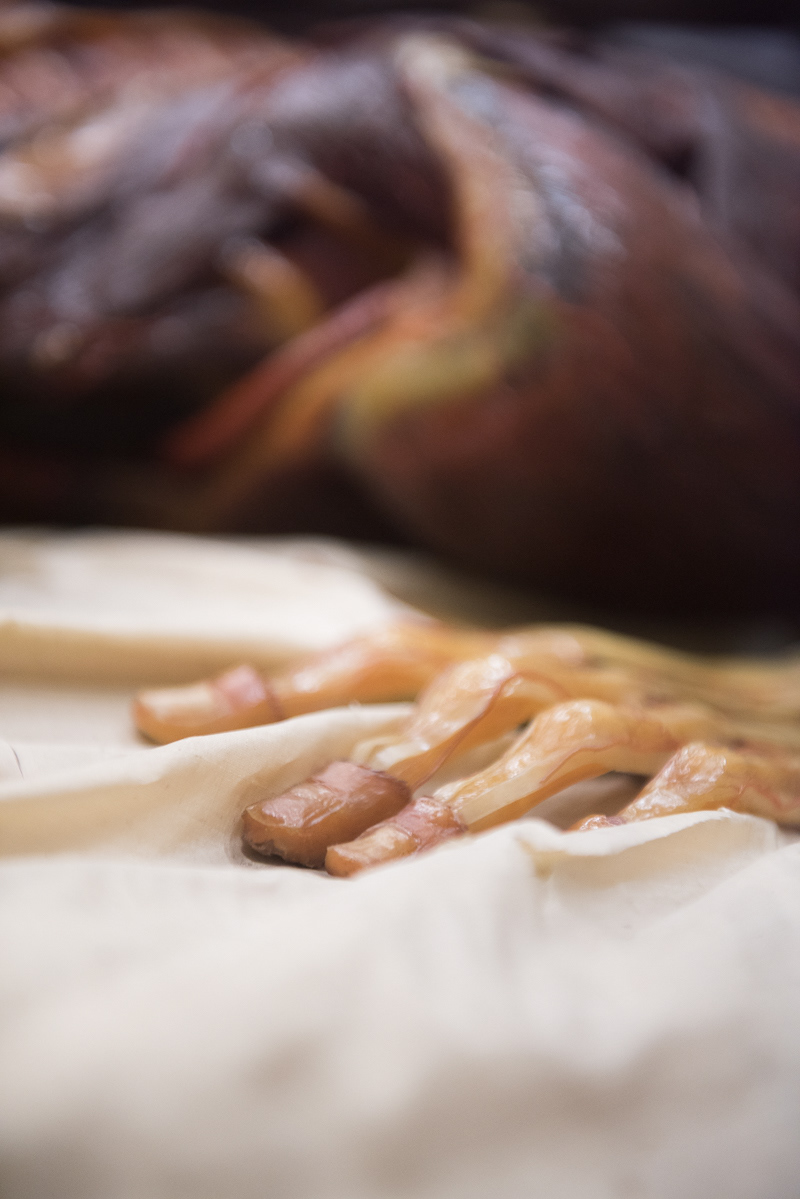
Per Speculum
This project explores the liminal nature, between reality and imitation, of the collections of the natural history museum “La Specola”.
The photographs intend to show the specimens in the museum for what they are, while simultaneously playing on the human tendency to ascribe vitality to inanimate objects. Even though we are fully aware that we are in front of a reproduction, we cannot help but perceive a hint of life behind the eyes of the exhibited creatures. This sensation is emphasized by the fact that some specimens have actually been alive or bear human features, as is the case for the zoological collection and the anatomical waxes respectively.
The reflections on the glass surfaces of the displays indirectly contextualize the photographed subjects in their environment, revealing lights, nearby displays or other specimen in the exhibition. At the same time these reflections split from reality, giving the image a surreal, ethereal quality.
Due to their very nature, these photographic reproductions are in dialogue with the “real” reproductions of the museum, revealing a common thread between photography, taxidermy and ceroplastics. These practices share the same purpose of representing, and presenting, reality through various – more or less obvious – forms of artifice, ultimately attempting to defy the effects of time. As through a mirror, these practices reflect both the world as it is and a distorted version of it.
The photographs intend to show the specimens in the museum for what they are, while simultaneously playing on the human tendency to ascribe vitality to inanimate objects. Even though we are fully aware that we are in front of a reproduction, we cannot help but perceive a hint of life behind the eyes of the exhibited creatures. This sensation is emphasized by the fact that some specimens have actually been alive or bear human features, as is the case for the zoological collection and the anatomical waxes respectively.
The reflections on the glass surfaces of the displays indirectly contextualize the photographed subjects in their environment, revealing lights, nearby displays or other specimen in the exhibition. At the same time these reflections split from reality, giving the image a surreal, ethereal quality.
Due to their very nature, these photographic reproductions are in dialogue with the “real” reproductions of the museum, revealing a common thread between photography, taxidermy and ceroplastics. These practices share the same purpose of representing, and presenting, reality through various – more or less obvious – forms of artifice, ultimately attempting to defy the effects of time. As through a mirror, these practices reflect both the world as it is and a distorted version of it.
